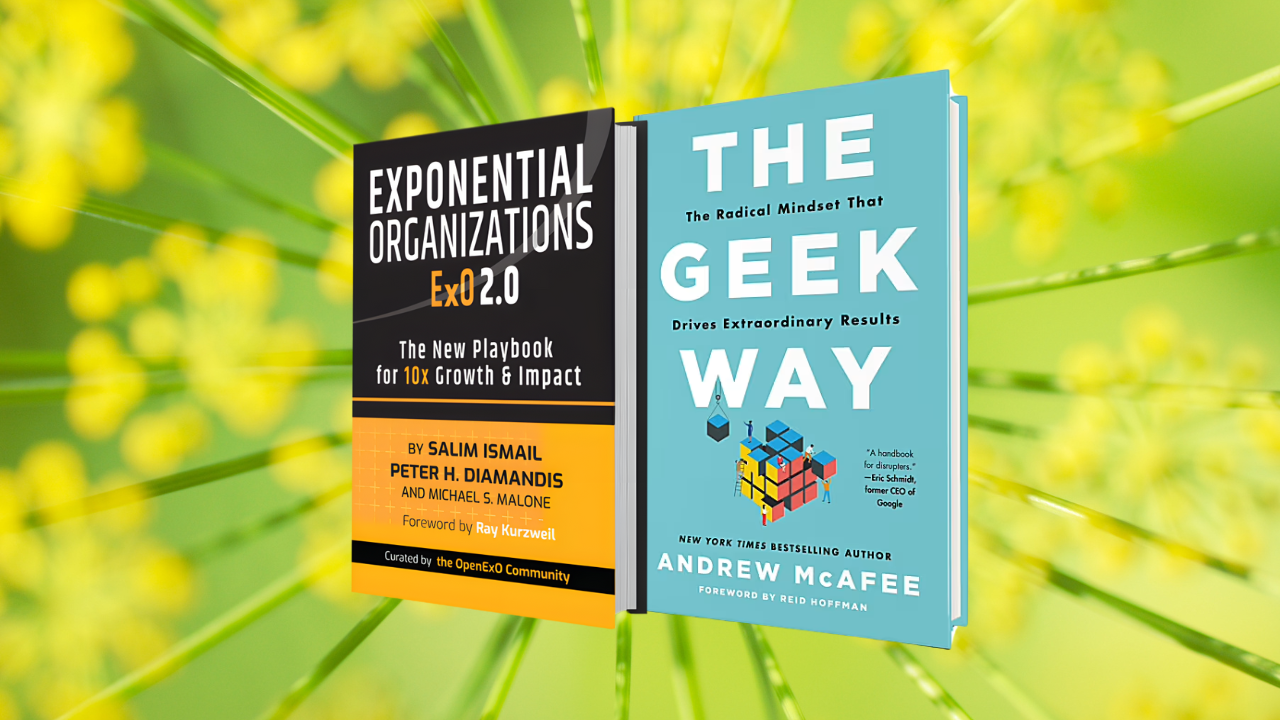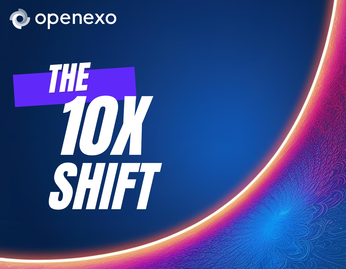
Why Innovation Gets Killed in Most Organizations
Discover how the Organizational Immune System kills innovation and learn strategies like Disrupt [X] and ExO Lite to drive exponential growth. Uncover insights from successful companies and explore how to transform your organization.
Have you ever watched a brilliant idea be crushed by corporate inertia? You're not alone. As a leader, you've likely encountered resistance when trying to introduce cutting-edge technologies like AI or automation. Responses such as "We've tried that before," "It won't work here," or "Let's wait and see" are hallmarks of what we call the resistance to change within organizations. This invisible force, often referred to as the Organizational Immune System, is a formidable barrier to innovation that can stifle progress at every turn.
Understanding the Resistance to Change
The Organizational Immune System is a natural defense mechanism that protects the status quo. It's not just a theory; it's a reality that has led to the downfall of entire industries. The music industry, for instance, collapsed due to its resistance to digital disruption. Streaming services like Spotify and Apple Music transformed how we consume music, and traditional record labels struggled to adapt. Similarly, the car industry is facing its own digital disruption with the rise of autonomous vehicles and car-sharing services. A study by Columbia University suggests that autonomous cars could reduce the number of vehicles needed in Manhattan by up to 90%, highlighting the potential for significant disruption.
Personal experiences often underscore the power of this immune system. At Yahoo!, my attempts at disruptive innovation were met with resistance that ultimately stifled progress. This phenomenon is what Salim Ismail refers to when he says:
Big companies have an immune system. Our institutions, like education, journalism, and health care, have their own immune system.
Strategies for Overcoming Resistance
Overcoming this resistance to change is crucial for business leaders aiming for exponential growth. Salim Ismail offers several insights on how to navigate this challenge. He suggests that organizations should innovate at the edges, hire visionary employees, and maintain a culture that embraces change. Apple's success in continuous disruption serves as a prime example. As Steve Jobs put it:
We run Apple like a startup. We always let ideas win arguments, not hierarchies. Otherwise, your best employees won’t stay.
To bypass these immune systems and embrace the Exponential Organization (ExO) framework, two strategies stand out: "Disrupt [X]" and "ExO Lite." "Disrupt [X]" involves empowering change-makers to operate at the organization's edges, away from bureaucratic constraints. This strategy allows innovators to experiment and grow without the hindrance of corporate red tape. "ExO Lite," on the other hand, involves implementing select ExO attributes to enhance operations without a full overhaul, making it a more gradual approach to adopting ExO principles.
Companies like eBay and Coca-Cola have successfully adopted these strategies. eBay transformed its homepage into a social feed, leading to increased engagement and sales. Coca-Cola adopted an MTP (Massive Transformative Purpose) of "Refresh the World" and embraced the Lean Startup philosophy, achieving improved sustainability goals.
Performance Metrics
The performance metrics of organizations implementing the ExO formula are impressive: 6.8x higher profitability, 40x higher shareholder returns, 11.7x better asset turnover, and 2.6x better revenue growth. These numbers are a testament to the power of exponential technologies and strategies in driving transformative growth.
Key Takeaways and Questions
What is the organizational immune system and how does it impact innovation?
The organizational immune system is a natural resistance to change that can stifle innovation, leading to missed opportunities and potential industry collapse.
How did the music industry fail to adapt to digital disruption?
The music industry resisted the shift to digital distribution models, such as streaming services, which ultimately led to its decline.
What are the potential impacts of digital disruption on the car industry?
Digital trends like autonomous vehicles and car sharing could significantly reduce the number of cars needed, disrupting the traditional car industry.
How did the author's experience at Yahoo! illustrate the effects of the corporate immune system?
At Yahoo!, attempts at disruptive innovation were met with resistance, demonstrating how the corporate immune system can stifle progress.
How does the corporate immune system both protect and hinder organizations?
The corporate immune system protects against perceived threats but can hinder innovation as companies mature, leading to a loss of agility and market relevance.
What strategies did Salim Ismail suggest for overcoming corporate immunity?
Salim Ismail suggests innovating at the edges of the organization, hiring visionary employees, and fostering a culture of innovation to overcome corporate immunity.
What is unique about Apple's organizational strategy for continuous disruption?
Apple maintains a startup-like culture, forming secretive teams and allowing ideas to win arguments over hierarchy, which fosters continuous disruption.
What are the key elements of the Disrupt [X] strategy?
The key elements of Disrupt [X] include identifying and empowering change-makers to innovate at the edges of the organization, away from bureaucratic constraints.
How does the ExO Lite strategy differ from a full ExO implementation?
ExO Lite involves implementing select ExO attributes to enhance operations without a complete overhaul, making it a more gradual approach to adopting ExO principles.
How did eBay and Coca-Cola successfully implement strategies to foster innovation?
eBay transformed its homepage into a social feed, boosting engagement and sales, while Coca-Cola adopted an MTP and the Lean Startup philosophy, improving sustainability goals.
What role does an MTP play in organizational transformation?
An MTP (Massive Transformative Purpose) serves as a guiding vision, aligning the organization's efforts towards a transformative goal and fostering innovation.
Final Thoughts
The journey to exponential growth begins with understanding and overcoming the Organizational Immune System. Whether through the Disrupt [X] approach or the more gradual ExO Lite strategy, the path is clear: embrace change, empower innovators, and leverage the power of exponential technologies. The rewards are substantial, as shown by the remarkable performance metrics of organizations that have adopted the ExO formula.
To dive deeper into how you can transform your organization, download our free 3-pager report on corporate immune systems at this link. Let's unlock the potential of innovation and make it unstoppable.
ExO Insight Newsletter
Join the newsletter to receive the latest updates in your inbox.









